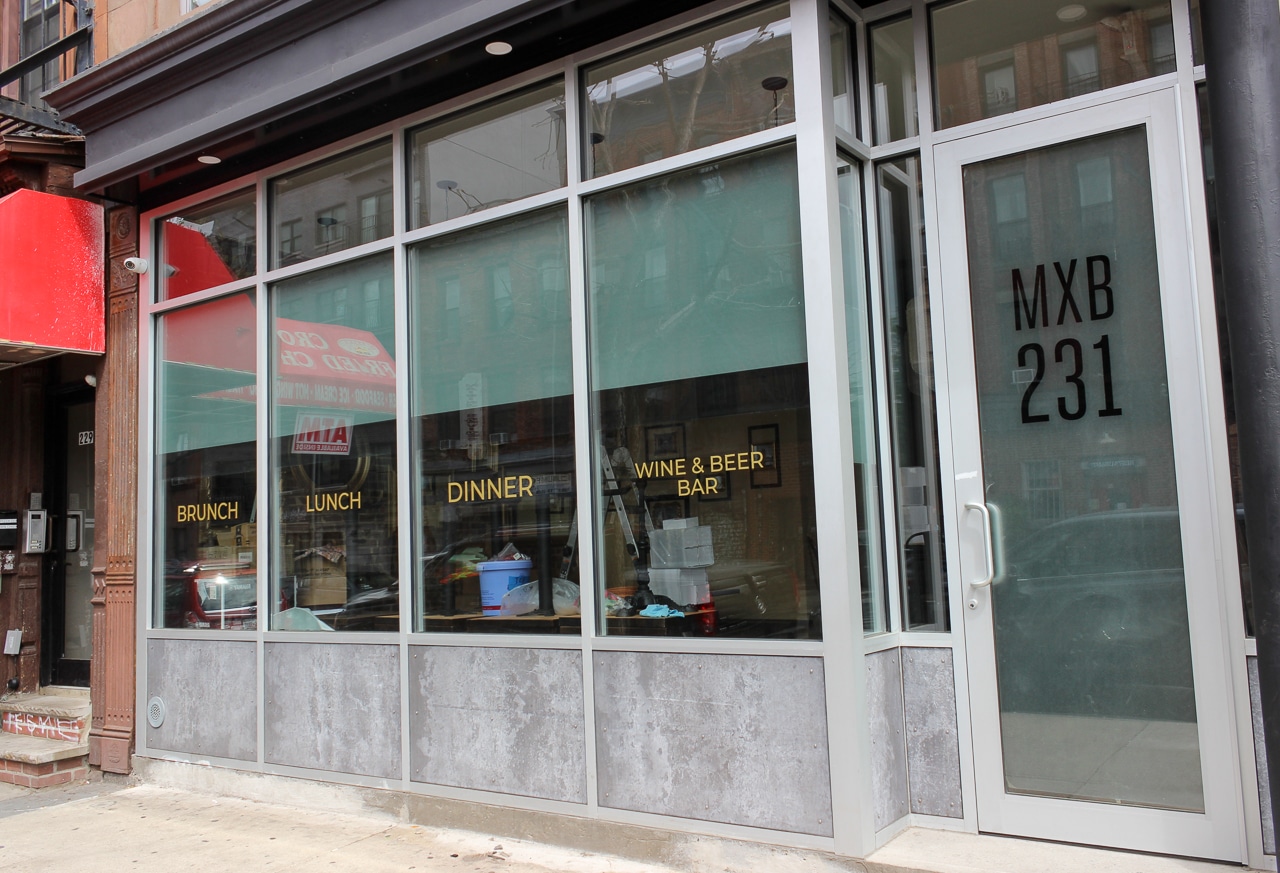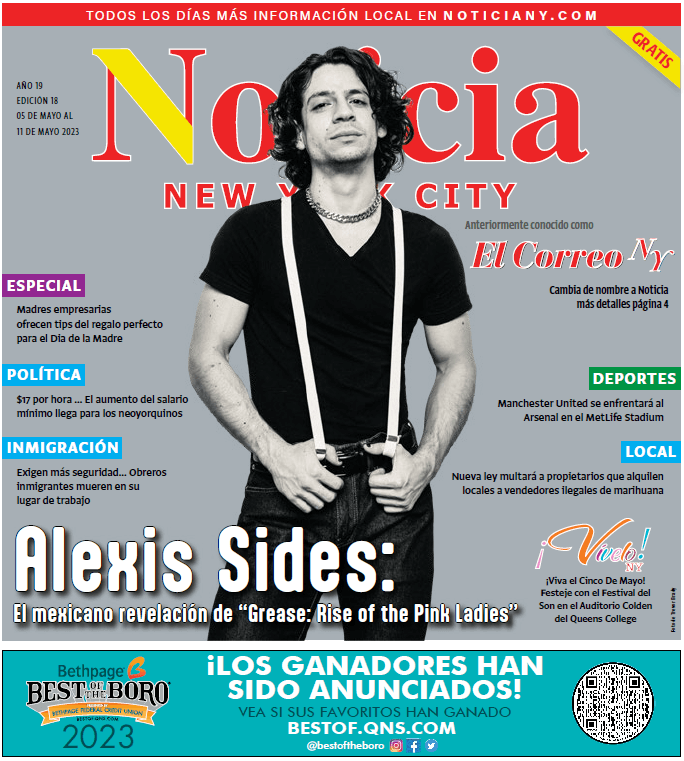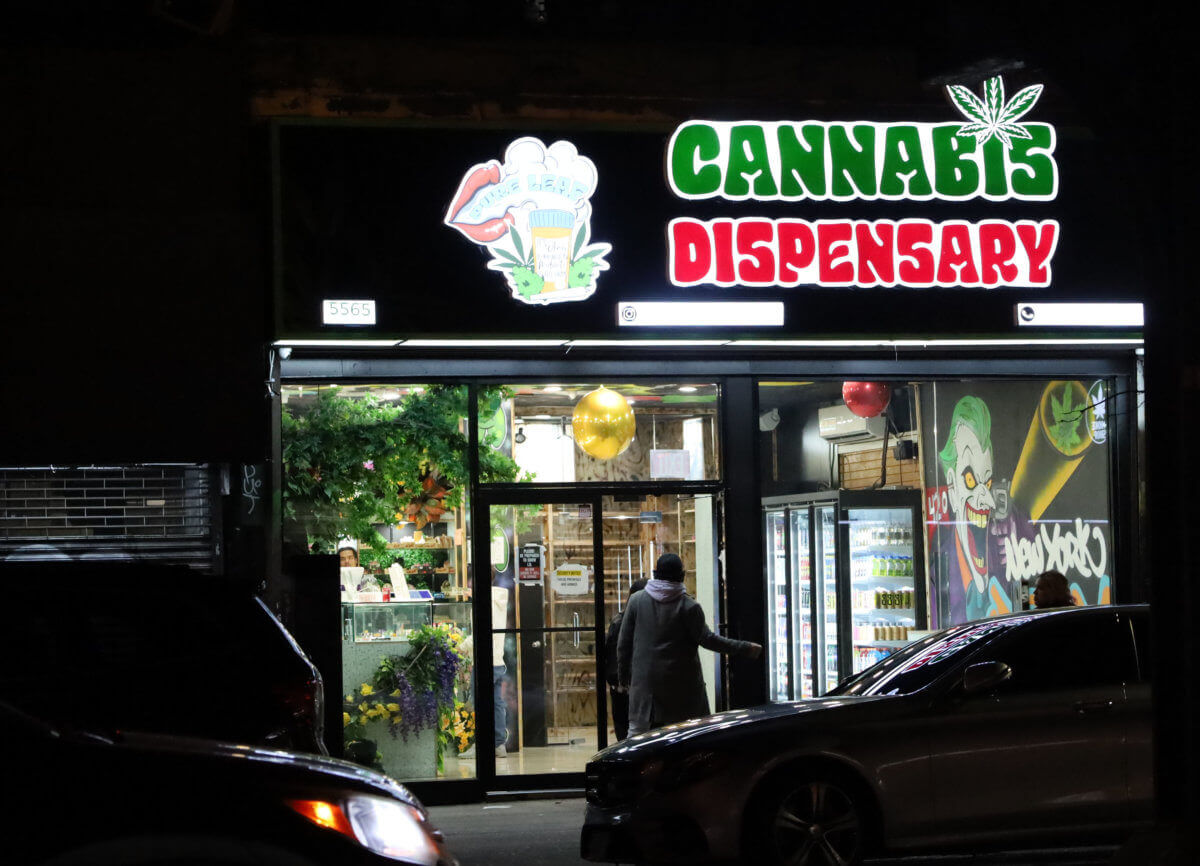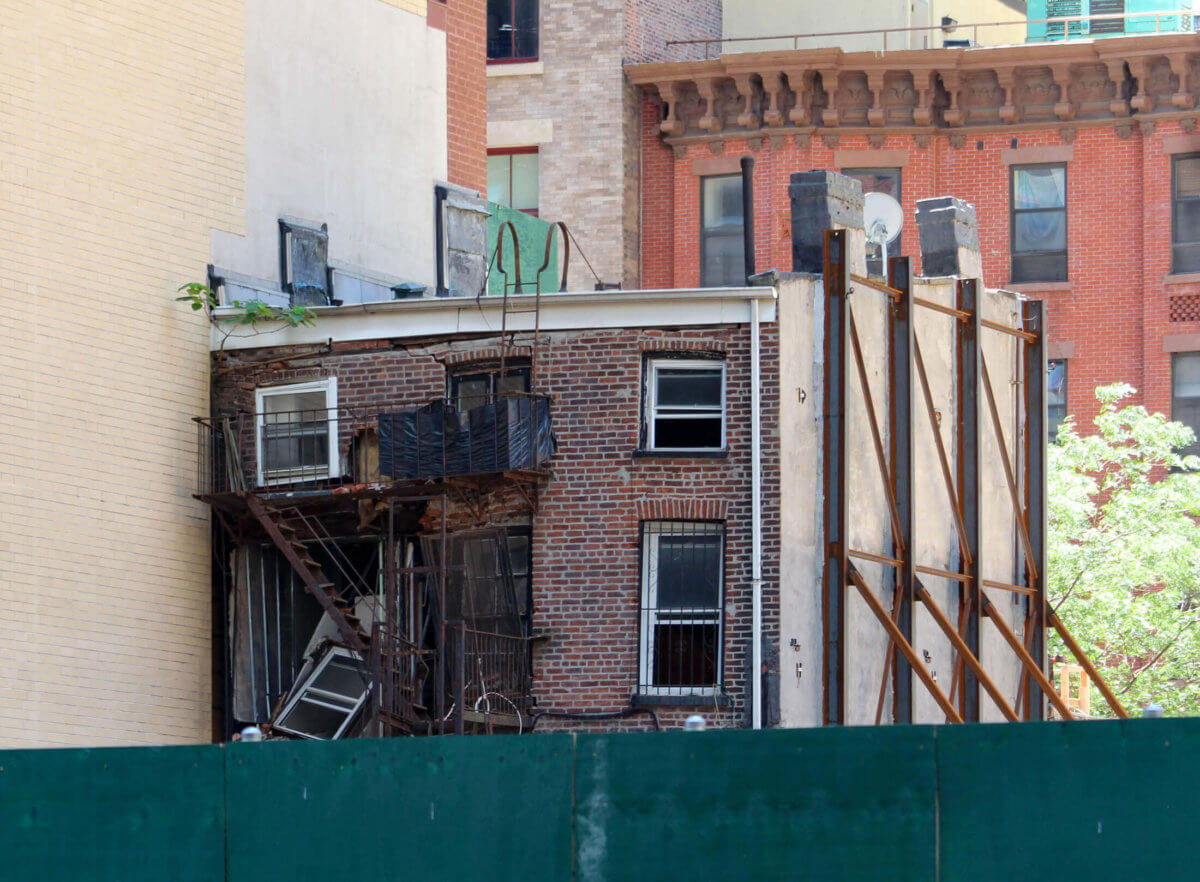Social media and its impact on Hurricane Sandy recovery
Image source: Buzzfeed Over on Buzzfeed there’s an interesting article on how social media is aiding Hurricane Sandy recovery. Various networks have popped up on Tumblr (Sandy Sucks), Facebook (Red Hook/Rockaway Recovery), twitter (OccupySandy), and there’s even a network for cell phone texts (Occupy SMS), all focused on hurricane relief. These networks have been created…

Image source: Buzzfeed
Over on Buzzfeed there’s an interesting article on how social media is aiding Hurricane Sandy recovery. Various networks have popped up on Tumblr (Sandy Sucks), Facebook (Red Hook/Rockaway Recovery), twitter (OccupySandy), and there’s even a network for cell phone texts (Occupy SMS), all focused on hurricane relief. These networks have been created by individuals and groups who truly want to make a difference and help their fellow neighbors during this difficult time.
The storm has provided an overwhelming amount of information, mostly of the detailed sort because let’s face it – the overall message is clear that areas such as Staten Island, the Jersey Shore, and the Rockaways in Queens were hard hit during the storm and need a ton of assistance to get through this disaster. It’s hard to know where to start with so much coming at us in this age of 24 hour news, so social media has helped people parse out what they can do to make a difference, and provided easy ways to get involved.
One may not, for whatever reason, be able to head out to one of these storm-ravaged areas, but one can see what is happening through the updating of tumblelogs (via Tumblr) and other blogs – with photos, video, commentary – and learn where one can put their energies. Twitter is good for quick bites of info and alerts, whether it’s someone live tweeting one of the Mayor’s news conferences, or learning where you can donate blood. Facebook is great for mobilizing individuals who want to be part of a relief community, no matter how big or small. Everything is easily shareable these days, too, so this function in particular has been critical in passing information within networks and beyond.
Of course, there is cross pollinating of content types – one can be mobilized through tweets, see photos and first hand accounts on Facebook, and find bits of information on Tumblr. That said, the woman who started the Sandy Sucks tumblr, Katie Benner, wanted to be a central resource and make it very easy for people to get the information and have a quick turnaround when it came to answering a need:
Benner wanted to create a one-stop shop: “I wanted people to be able to go on and have the first post be ‘three to ten things I can do today.'” And she wanted Sandy Sucks to be “something people can use no matter what their day-to-day lives look like.” Those with free time could find volunteer opportunities, but those stuck in offices could get recommendations of places to donate, petitions to sign, or useful articles about the storm.
Social media has also served as a tool in organizing volunteers. The Red Hook/Rockaway Recovery page on Facebook was started by a group of New Yorkers, who used FB’s tagging feature to target certain volunteers to make sure the message got out (Facebook has put up some limitations as to how far any page’s message reaches).
The largest and most active relief group is Occupy Wall Street, now Occupy Sandy in the wake of the storm. They leverage the power of twitter in particular, and have 11K+ followers at the time of this writing. They had a lot of experience with organizing and using twitter when they were primarily OWS, so their bringing all their experience to the table has had a meaningful effect. Word on the street is that before any Red Cross or FEMA reps were in the Rockaways, Occupy Sandy was there making a difference.
With all this in mind, using social media for organizing requires one very important thing across the board – power. Throughout the city there were power outages, some more extreme than others, and that did cause some problems. In the word of the founder or Occupy SMS, “If the people who are in need and the volunteers on-site can’t access your tool, how can it help them?” That said, there were countless stories of shops and churches with power opening their doors and offering the chance for individuals to power up.
The use of social media before, during, and after Hurricane Sandy is staggering and no other American disaster has used this tool to such an extent. When the time comes to step back a bit and gauge the impact social media has had on the storm and its relief efforts, it will likely be extremely educational, and there’s a good chance that future disaster relief will benefit from the lessons learned – good and bad – from Sandy.
How Social Media Is Aiding The Hurricane Sandy Recovery [Buzzfeed]








What's Your Take? Leave a Comment